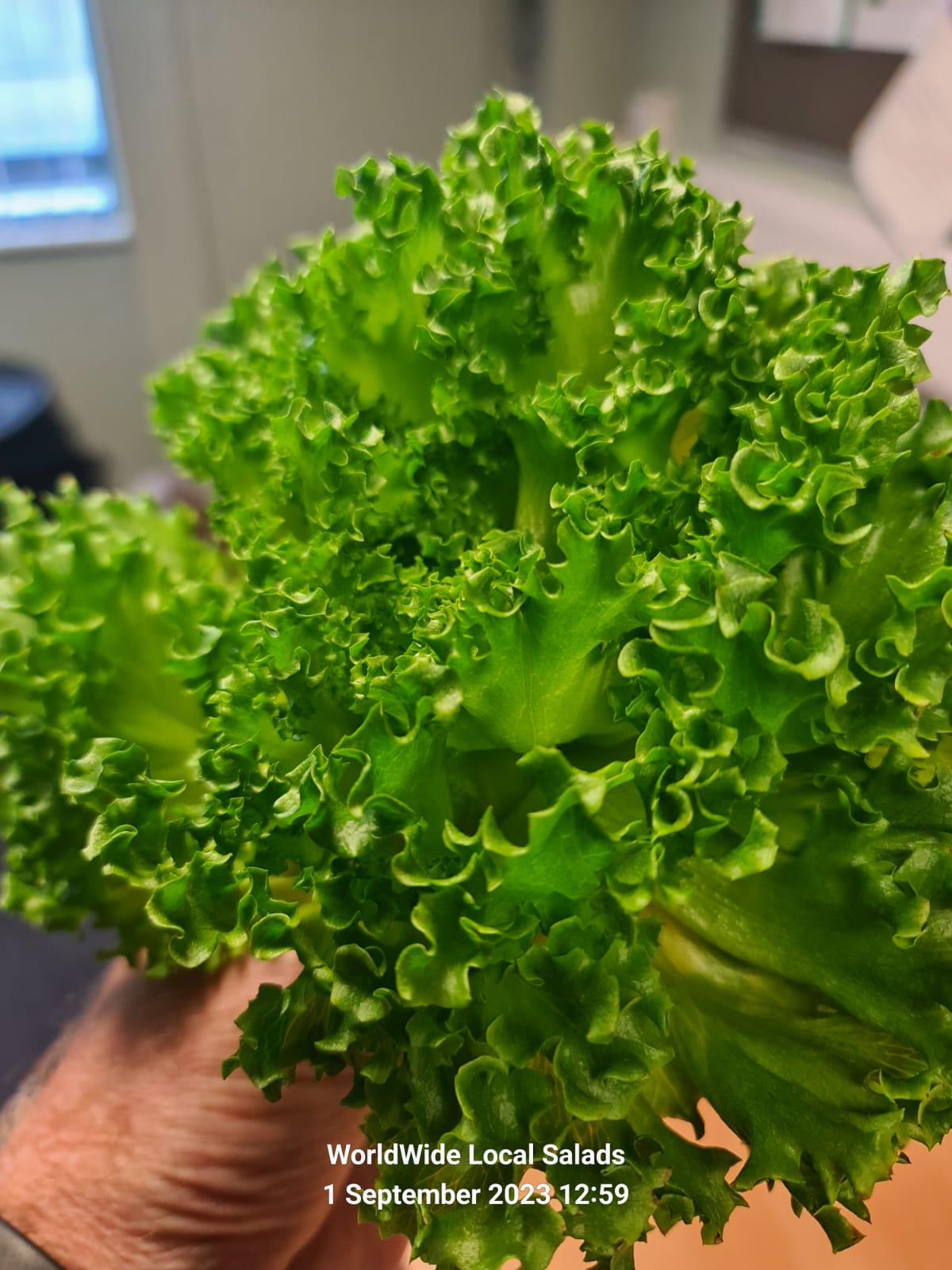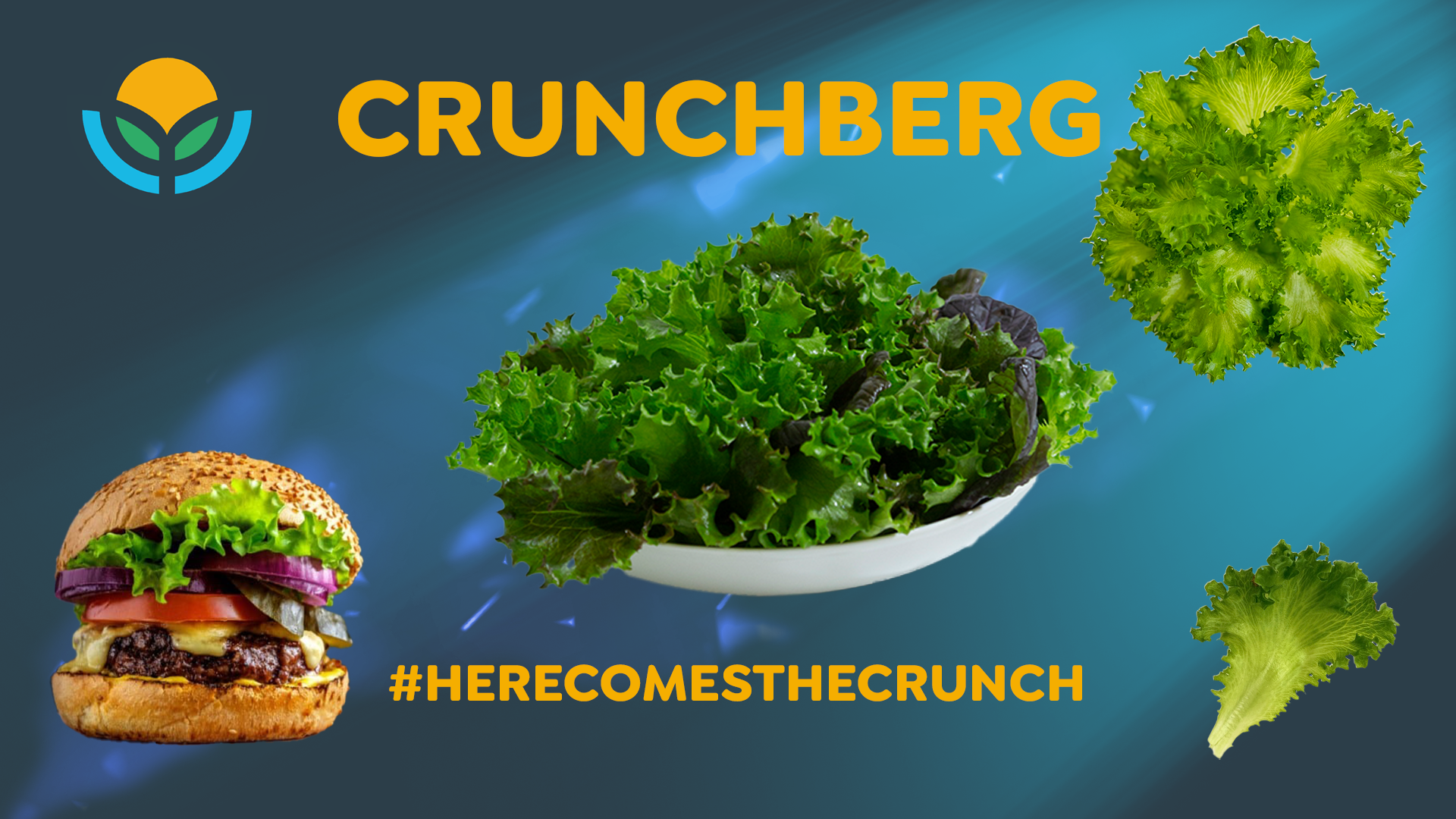Translate This Page
ELEVATE YOUR GROWING ASPIRATIONS:
As our planet orbits the sun we rely on the light energy it emits to help grow a vast range of commercial crops. Equal and sufficient light distribution is a basic requirement for commercially viable plant production. In large commercial growing operations we now see sophisticated moving bench systems, hydroponics, irrigation systems, environmental control, artificial lighting systems, and state of the art greenhouses to maximize the potential of the natural environment and reach levels of production unheard of in past decades. While efficiency in production increases so does the viability of the whole business model. You only have to visit Thanet Earth in Kent to appreciate just how big and important this expansion is, and how far it has come already. Yet to believe that productivity has been maximized and every optimum reached is to ignore the progress already achieved. Commercial growing never stops improving and sometimes those improvements are far beyond what we thought possible. With land pressures set to increase in the coming decades the question that needs a solution is not how to expand our existing growing space but instead it should be about how we produce more from the growing area we currently use. Present productivity per square metre in intensive commercial crop production is already remarkable compared to previous decades, but you can only force the growth of a plant so far to reach its maximum yield or production level. Yet if someone were to propose to a commercial lettuce or herb grower (with a ‘state of the art’ greenhouse facility) that he could achieve at least seven times more production per square metre without any compromise on quality or yield, he would probably assume you were a few sandwiches short of a picnic. Just the same sort of reaction his father before him might have had to Hydroponic Growing and to what is being achieved today in intensive commercial horticulture. Well there is no madness to the claim of such an increase in production. Taking the very best of the hydroponics and mechanized advances of recent decades and combining that with 21st Century lateral thinking we have a viable working solution that ushers in a new way of growing. Our system does not look at plant production simply as in what yield you can generate per square metre, instead we look at what production is per cubic metre. If plants could grow one on top of another at the same time we would all think in terms of plant growth per cubic metre. Now stack one cubic metre upon another and you start see where we are going with this? A lot of advanced technology and investment has gone into creating moving growing benches and robotic control to allow commercial production to maximize its use of space. Using automation and advanced technology to move plants around a growing area without human effort is now a standard, and sizable growing operations can be run with staffing levels lower than most other production industries So we have progressed from stationary plant growing to commercial set ups where plants are almost in constant motion to maximize the use of space and control. So why stop at moving benches? The principle of using automation to move plant stock is a commercial success in every sense, but there is a basic principle in this idea that is still to come and will transform such growing operations into truly incredible production spaces. Our system doesn’t just move the plant stock to make production easier from a human perspective. We have considered the demands of plant growth itself and the uniformity and growth control required to achieve a level of quality production and yield that makes the return on capital investment viable from every commercial aspect. Our system even allows for staged integration to allow existing operations to transfer through a modular staged build program. We even take nature and sunlight into consideration our system allows for the light to be moved around the plant so it thinks it is growing in a natural environment, by doing this we also manage to save on the whole opex of growing as well as saving lowering the carbon footprint and adding another saving to the realms of warehouse growing by now adding 'saving energy' to the growing list. This allows capital investment and commercial return to be optimized both in short and long term planning without effecting the basic infrastructure already in place in most commercial growing operations. In effect the grower can start at almost any level of transfer without the worry that a partial implementation will result in duplicate infrastructure costing for later expansion. Investment at any level does not deter from future expansion because this is a modular system designed for complete or staged integration. The production on this system is also at such a significantly high level that projected return on investment supports both a fully or partially committed investment approach.

